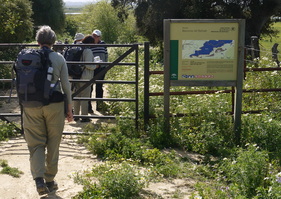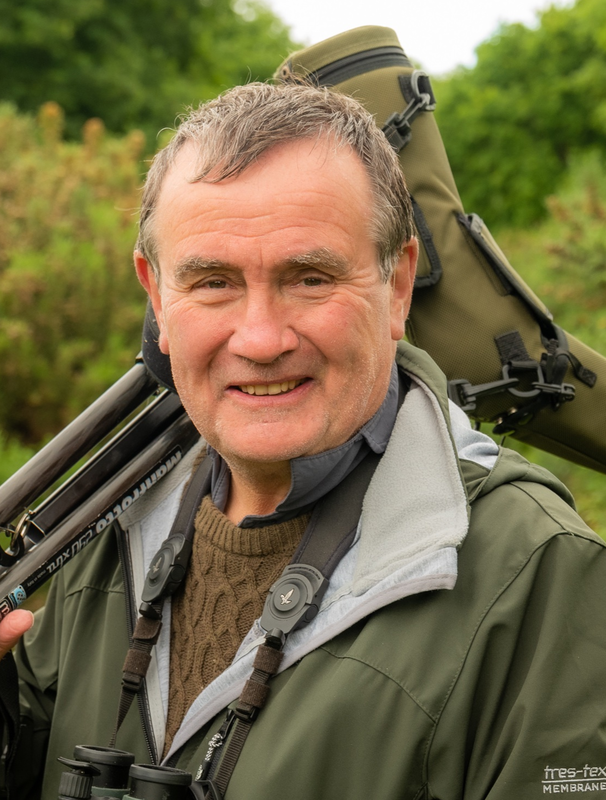
Having a closer look was one of the objectives I set myself this spring and, since the lower marshes didn’t appeal, it was time to have a look at the upper marshes. A sendero snakes through the upper marshes near the village of La Oliva, but I’ve never been quite sure where it started.





 RSS Feed
RSS Feed
